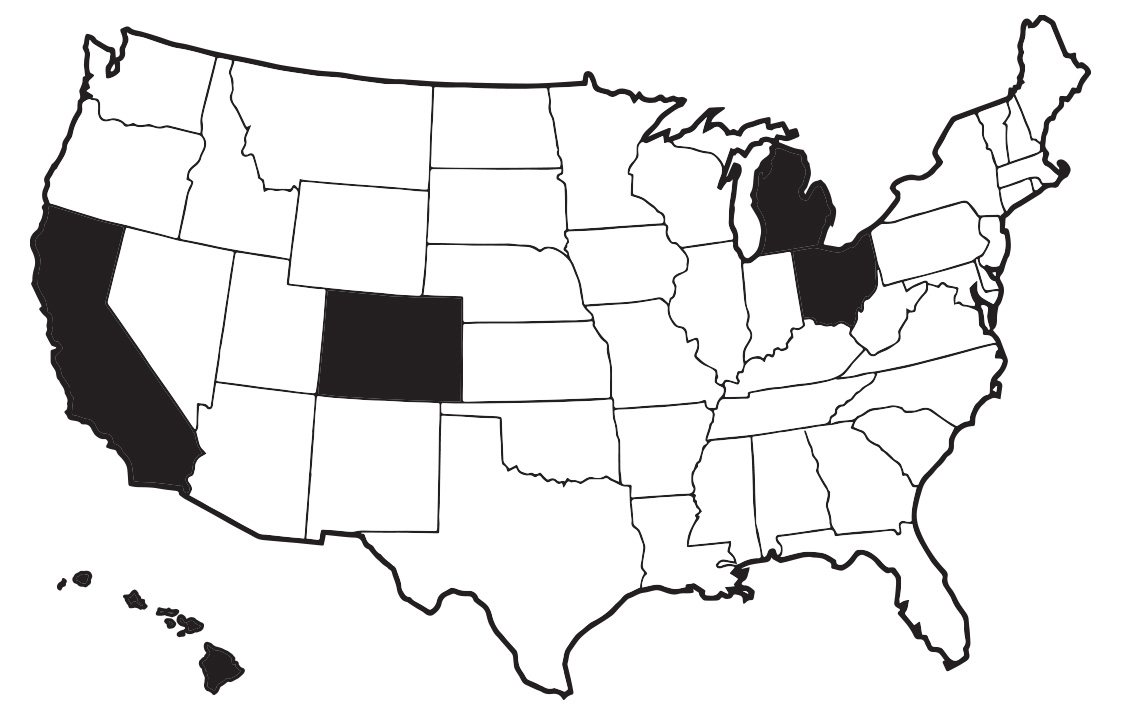AMERICAN MOTORCYCLIST OCTOBER 2018
STATE WATCH
 California
California
The Carnegie bill, S.B. 1316, died in the Committee on Accountability and Administrative Review. This bill attempted to deny the OHV community a long overdue opportunity for increased motorized recreational opportunities on property bought with funds from the Off-Highway Vehicle Trust Fund more than 20 years ago at the Carnegie State Vehicular Recreation Area. The land is known as the Alameda-Tesla Expansion Area.
Colorado
Gov. John Hickenlooper (D) signed a bill aimed at helping ease state transportation funding issues. S.B. 18-001 includes the investment of $645 million for transportation projects in the next two years. The bill also seeks voter approval for a referendum in 2019 to issue $2.34 billion in transportation bonds. If the referendum passes, 85 percent of the funding would be spent on state highway projects, with 15 percent set aside for other transportation uses. Outside groups could present voters with at least two transportation funding options on the November ballot. If any of those measures pass, the 2019 referendum would be canceled.
Hawaii
The bill to allow motorcyclists to ride on the shoulders of roads became law without the signature of Gov. David Ige (D), who initially vowed to veto it. In Hawaii, a bill that passes the Legislature, but goes unsigned by the governor or is not vetoed becomes law. The state Department of Transportation will determine the areas in which motorcyclists may use the shoulders to navigate around slowed or stopped traffic. The zones designated for shoulder riding must have at least two lanes in each direction and have shoulders that allow safe passing.
Michigan
The state is opening 6,300 miles of forest roads to off-road vehicles this year under a plan announced in late 2017. The state Department of Natural Resources Forest Resources Division said the plan strikes a balance between resource protection and motorized vehicle access to public lands.
Ohio
Motorcycle Ohio, the state’s rider training program, has become part of the state Bureau of Motor Vehicles. The agency previously was part of the Ohio Department of Public Safety. Officials said the program will continue with “business as usual.”
